Many small businesses offer discounts to employees, friends, family, or loyal customers as a gesture of appreciation. While these programs can strengthen relationships and build goodwill, they can also open the door to misuse, fraud, and unnecessary revenue loss if not properly managed.
Employees might misuse discounts in exchange for cash incentives, or innocently extend them to people claiming to know the business owner. To prevent problems without eliminating the program entirely, consider these seven steps to reduce risk and strengthen oversight.
- Put Your Policy in Writing
Discount abuse often occurs when expectations are unclear. Create a written policy that explains when and how discounts may be applied, along with the consequences for violations. Review this policy regularly during staff meetings or training sessions.
- Create a Memorable Tagline
Reinforce your policy by giving the program a simple, positive name that employees will remember. Examples include “Rewarding Loyal Stakeholders” or “Exclusive Savings for Employees, Friends, and Fans.” A clear tagline helps emphasize that the program is structured and intentional, not arbitrary.
- Post Notices in Common Areas
Display reminders in breakrooms or near registers outlining the policy and key restrictions. Encourage employees to reach out to management if they are unsure about any situation. Visibility helps prevent “I didn’t know” excuses.
- Require Management Approval
Every discount should have a manager’s sign-off. This oversight ensures consistency and accountability while discouraging improper use. Make sure managers also understand and adhere to the policy. If they override the rules, apply the same disciplinary standards.
- Avoid Using Discounts for Service Recovery
If your business needs to resolve an issue with a dissatisfied customer, use a separate process and coding system rather than the friends-and-family discount. Mixing the two can create confusion and increase opportunities for misuse.
- Monitor Tips and Transactions
Large or unusual cash tips can sometimes signal discount abuse. Track tipping trends when possible and follow up on anything that seems out of the ordinary. Consistent monitoring helps deter improper behavior.
- Track Frequency and Volume
If your point-of-sale system allows, record and analyze discounts by employee. Look for patterns such as high frequency or unusually large total discounts. Follow up with training or clarification when necessary.
Balancing Loyalty and Profitability
A well-designed discount program can be an excellent way to recognize loyalty and enhance morale, but only when implemented responsibly. By documenting your policy, training employees, and monitoring usage, you can encourage goodwill while protecting revenue.
Contact our team if you’d like guidance on designing effective internal controls or identifying potential risks within your discount program.



